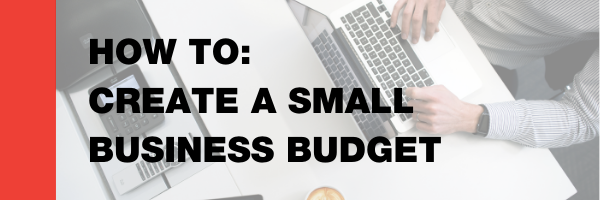
Setting a budget for your business may seem daunting, but it doesn’t have to be. A well-planned small business budget will empower you to eliminate wasteful spending and lead your company to become more profitable faster. That’s just of the reasons we are trusted Xero accountants Gold Coast.
Our partners at Xero have stated that a well-planned small business budget will:
- Show you how many sales you need to cover costs,
- Figure out how much money you can reinvest in the business, and
- Find out when you can afford to hire help.
With this, numbers speak louder than words so let them do all of the talking. Don’t guess at what’s coming in and what’s going out. You could be making assumptions that aren’t true. Instead, take the time to look into your accounts and dig out the accurate figures. It might sound like hard work, but it’s worth it.
So, which figures are vital for your small business budget? The numbers that genuinely matter when setting a budget come down to three key groups of figures:
- The profit and loss report,
- Balance sheet, and
- A trial balance.
1. A Xero profit and loss report
Summarised, this report indicates if you are losing money, or making it.
A profit and loss statement format consists of:
Income (revenue): How much money are you generating from sales of your products or services? It helps to break these into:
- Recurring income – regular and reliable revenue from clients,
- Expected income – forecasts of future income / what your business is likely to earn.
Expenses (costs): How much money are you spending on business costs? These include staff, raw materials, or even marketing. As with income, it helps to break these into:
- Recurring expenditure – your monthly payments for rent, utilities, payroll and so on,
- Sundry costs – occasional payments for office supplies, client entertainment expenses and other items.
It can be easy to overlook some of the costs of doing business. To help comprehend them all, consider things such as depreciation, overheads, payroll and debt repayments.
If you have more revenue coming in than costs going out, you’re making a profit. If it’s the other way around, you’re making a loss. A loss is okay in certain situations, but losses aren’t sustainable over the long term.
2. Balance Sheet
This report tells you what your business is worth; the difference between what you own and what you owe.
On the asset or cash-positive side of the balance sheet, you’ll find:
- A total value of the assets your business owns,
- The cash your business has in the bank, and
- Invoices that have been sent to clients but have not yet been paid.
On the other side of the balance sheet are your liabilities, which include:
- Expenses that have been acquired but not yet paid,
- Taxes that are due to be paid, and
- Loans or other business debts that you have.
In assessing your assets minus your liabilities, you will get an idea of how much your business is worth at that exact moment.
2. Trial Balance
A trial balance is another accounting tool that is a combination document comprised of all your debts, credits, assets and liabilities. In other words, it represents the entire balance of your business accounts.
Want a bit more information on your Xero accountants Gold Coast?
Now that your business financial statements are all together, you can quickly assess which strategic business decisions you can make for the present and future.
But most of all, a budget gives you more certainty and confidence. You get a clearer picture of the state of your business, and you know where you stand; You’ll be able to see obstructions and find your way around them.
Always remember – a small business budget isn’t set in stone. As your situation changes, your financial statements will change too.
If you are looking for advice or someone to guide you through the best options for your business, get in touch with our expert team on (07) 5536 3755 or contact us here.

